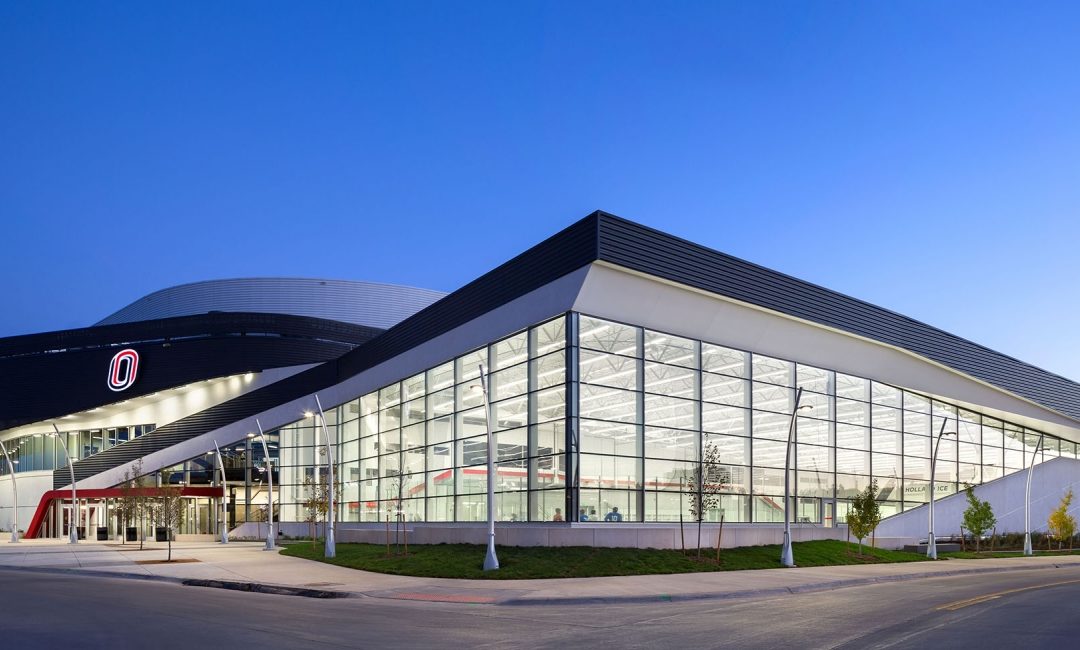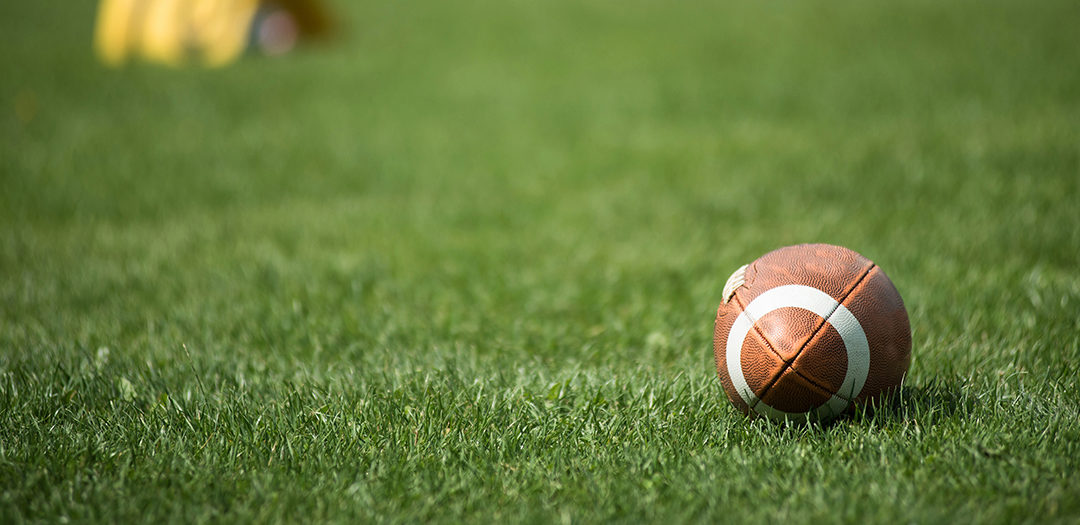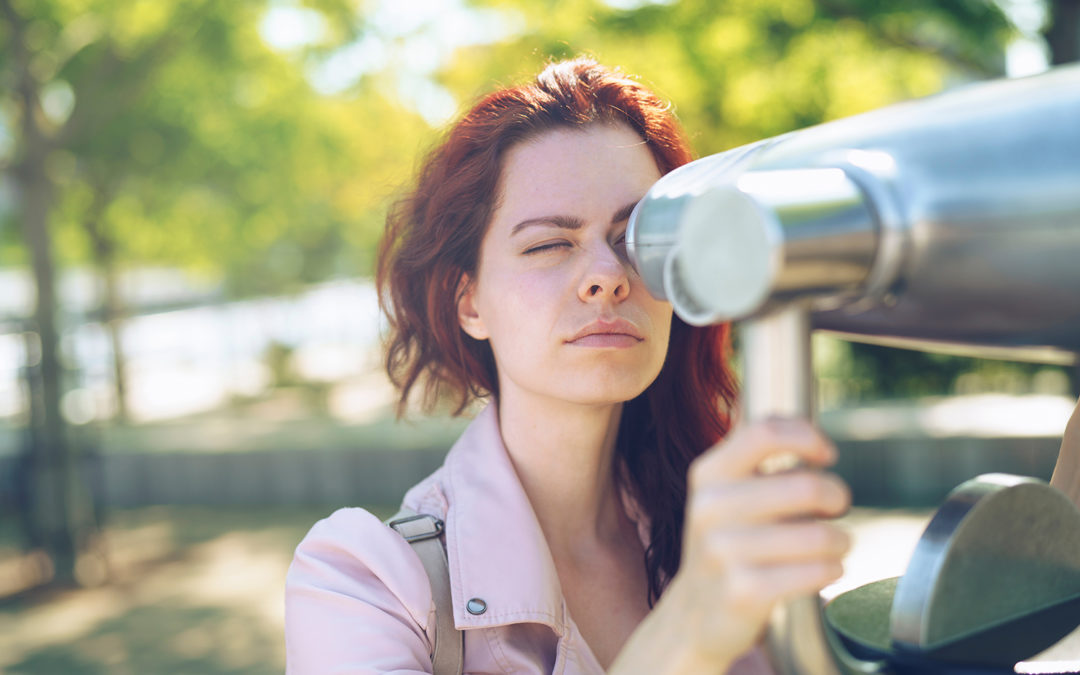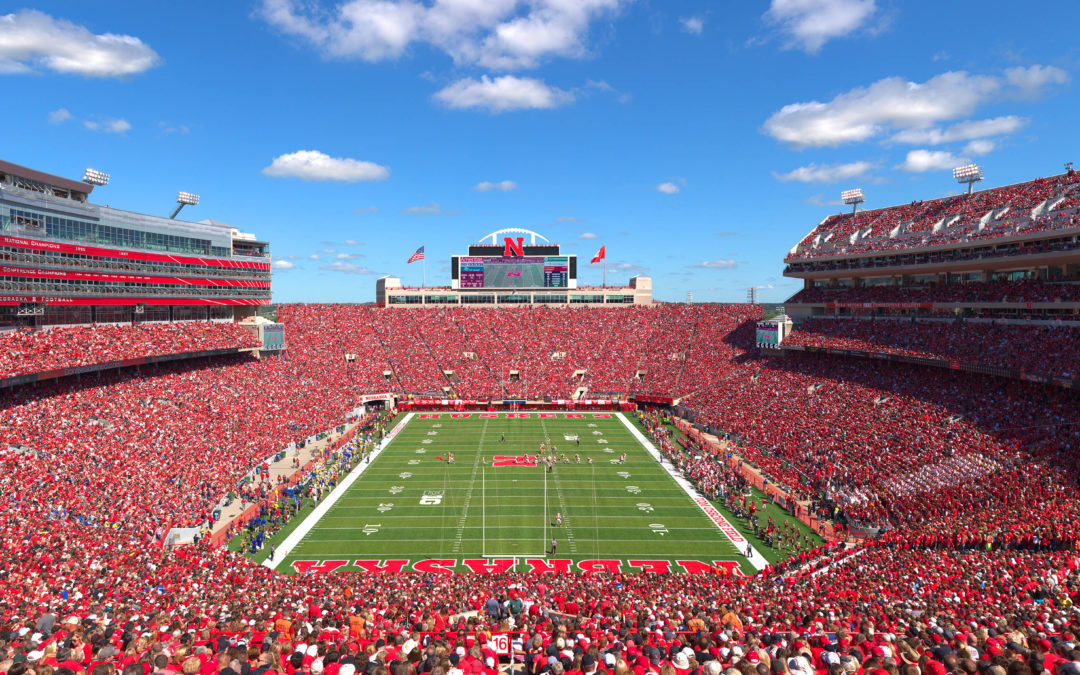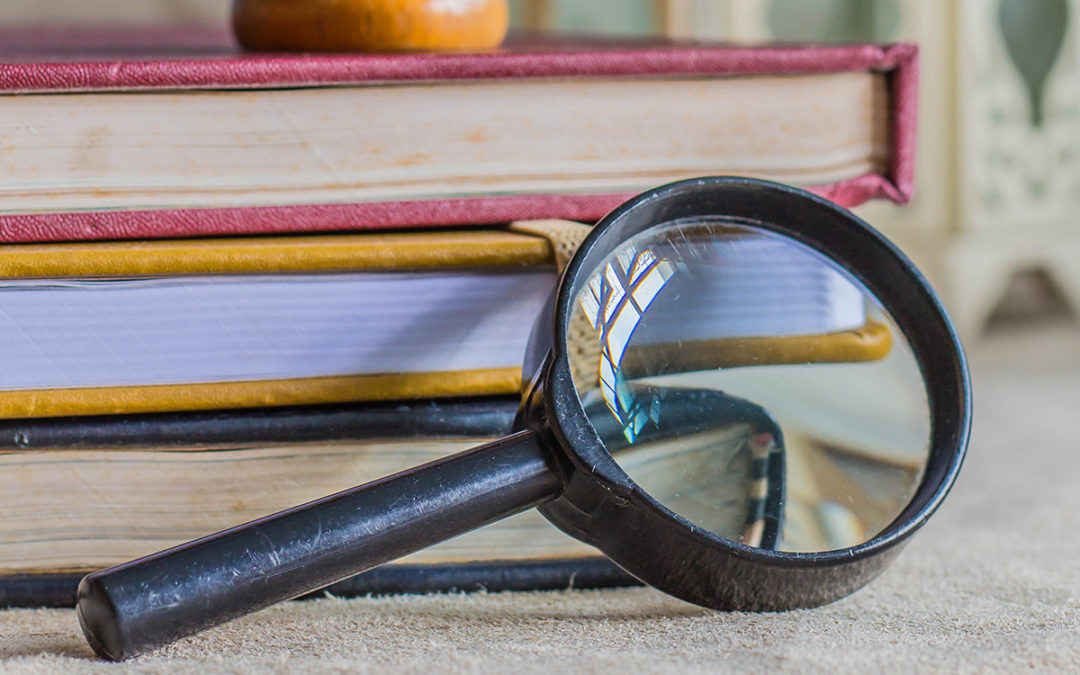
The Momentum of Upheaval
The Momentum of Upheaval
There’s something I’ve been noticing lately. While COVID-19 has all kinds of horrible implications for people’s health and well-being, it is also having an impact on a lot of people’s mindsets.
Maybe it’s a natural human response to persistent uncertainty, perhaps it’s a sign of resilience, but during this pandemic there has been a flux of new ideas, an openness to different ways of thinking, and (I hope) an impetus to change.
One example? Universities are notoriously slow to change… anything. There are all sorts of jokes about how glacially universities proceed on any given topic or project. But there’s something about this attitude of, “hey, while we’re in a weird state of everything we know having gone out the window, why not try something new?”
Here are some ways I’ve seen this in action:
-
Moving a ton of classes online.
Previously, not every major had many (or any) online courses. Since the pandemic hit and safety became the priority, a large number of classes are now available virtually. What this means is that students who normally wouldn’t take certain courses because they’re too far away can now take more classes they’re interested in. As we expand our online presence for different subjects, it opens doors for students to consider a broader variety of classes, and makes them more easily accessible.
One student I spoke with recently told me that she lives in Lincoln but has been accepted to the grad program in social work, which means a number of classes based at UNO. Because most of the classes are now online, she only has to drive to UNO for one class, and it has made the whole program more accessible for her.
-
Re-thinking syllabi.
It’s standard practice to evaluate and update class syllabi and course material. How often that happens is not as standardized. Because we’re converting so many classes to a different format, it has pushed us to review course outlines, explore new thinking and new ways to teach. That’s a positive for everyone.
-
Architecture.
We’ve been looking at our buildings and considering how they can be modified to meet the needs of our new online era. This is an opportunity to think about whether we can use buildings differently, more efficiently, or more creatively, with a global education in mind. We can re-think what it means to be “on campus.”
The service model is a great example. I love the idea of utilizing buildings within the community that are related to specific programs and education. It’s a rewarding experience to work and learn in the community itself.
In this way, what we think of as “campuses” can be much larger, more porous, more connected.
-
Looking at our schedule.
Going forward, we’re looking at ways to pilot shorter terms/semesters in between fall term and spring term, perhaps something long enough for an internship or shorter credit course. We’ve also been thinking about summers and how we can build in a number of certificate courses for people who want to upgrade their knowledge and skills within existing career fields.
Overall, in the midst of all the bad, there are pieces of good. We are trying new things. Some of those ideas won’t work out, but others will, and will continue to develop. Even though it’s a bad reason to have to do it – the pandemic is serious and devastating – everybody is talking about what kind of higher education will emerge from the period we’re going through right now.
I think the more we can focus on partnerships, progress, and piloting new ideas, the better it will look for everyone.
*Barbara’s thoughts as written by Kate based on weekly (fascinating) conversations.


